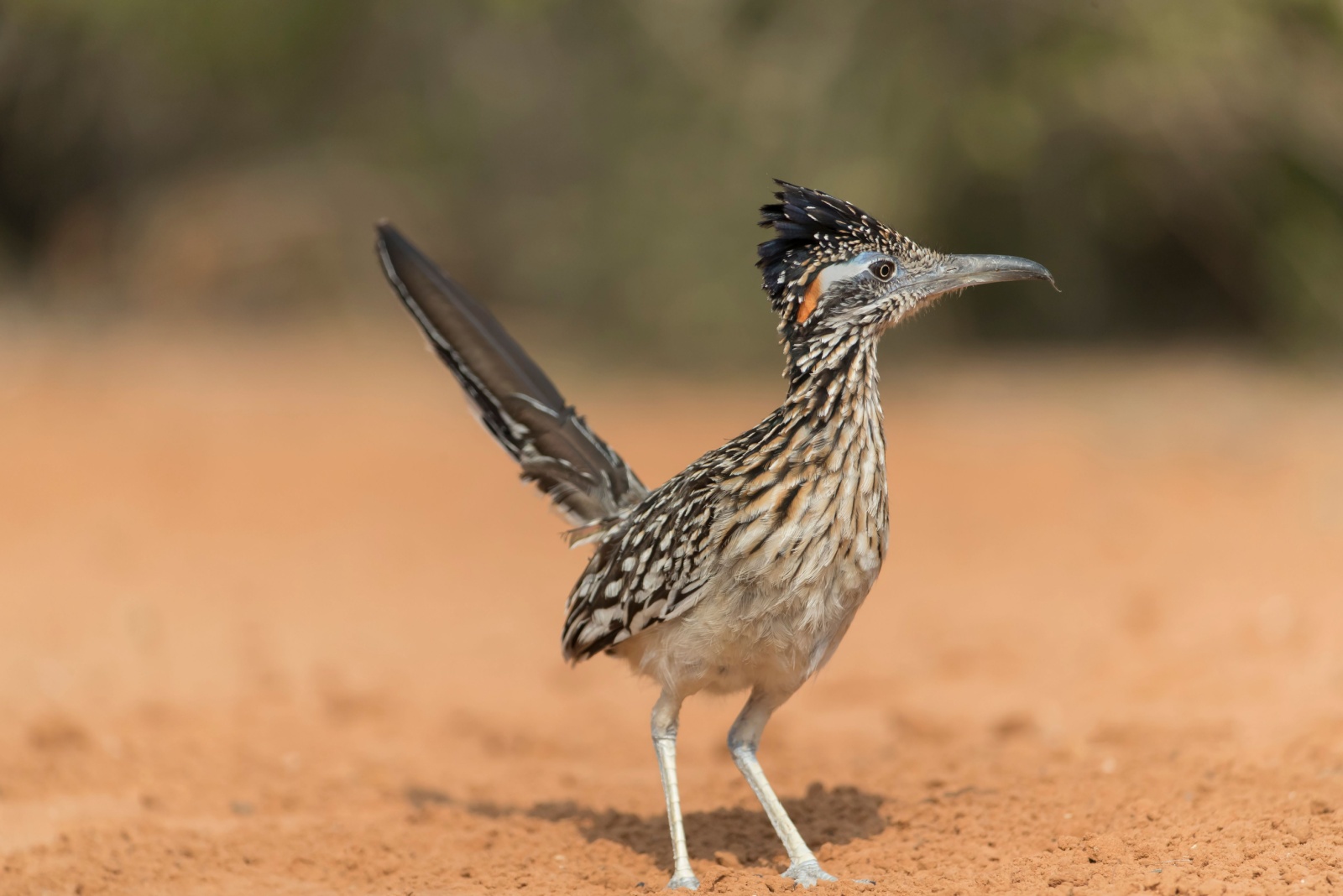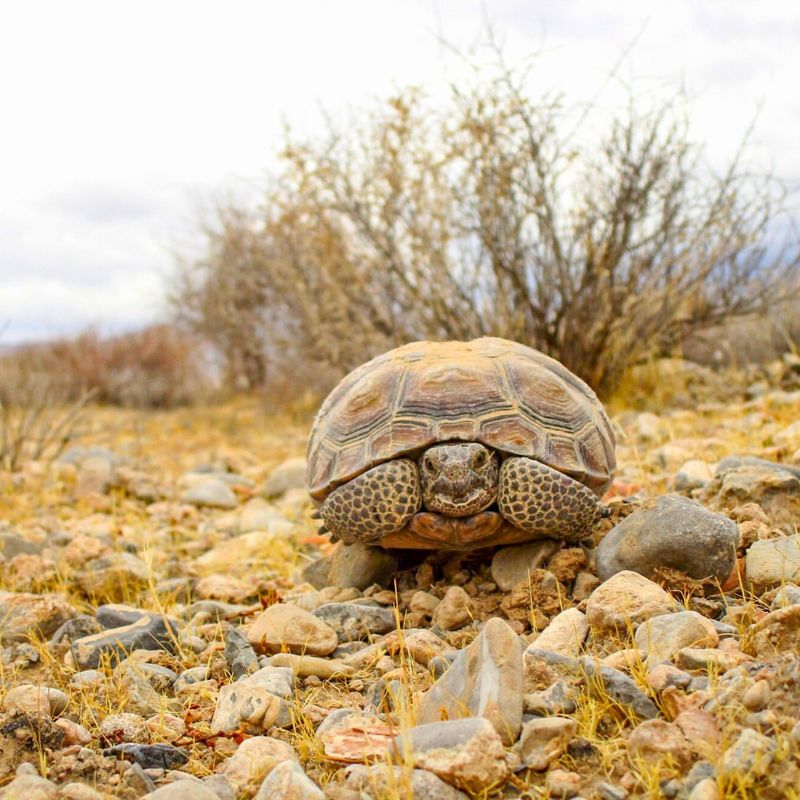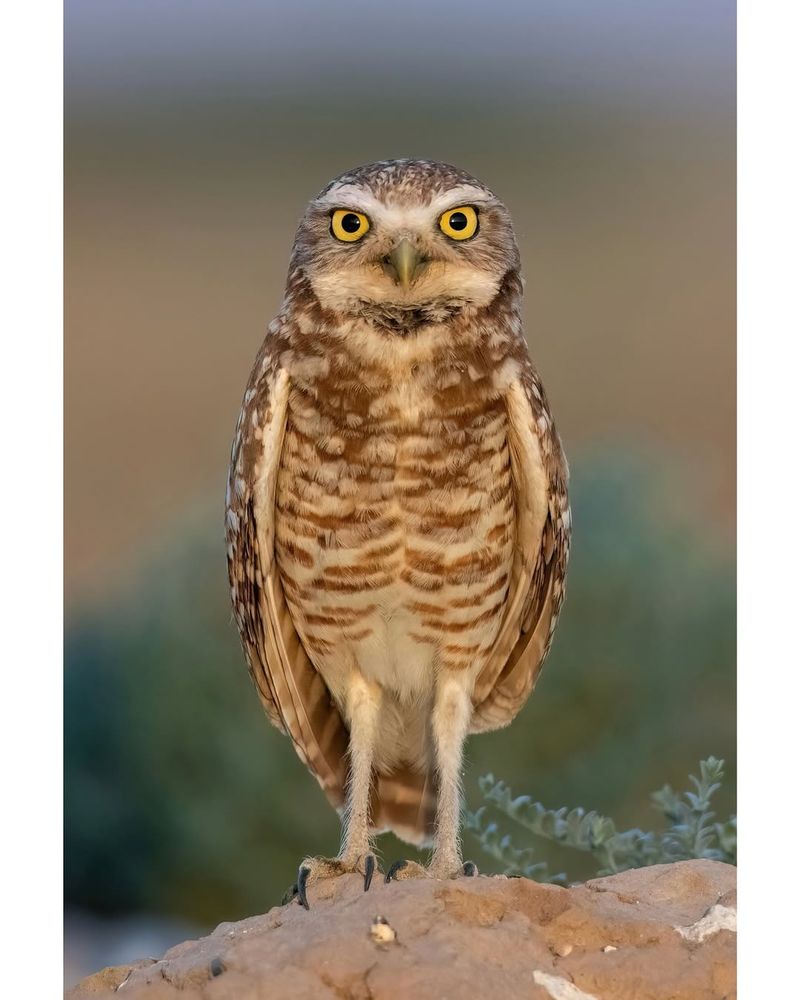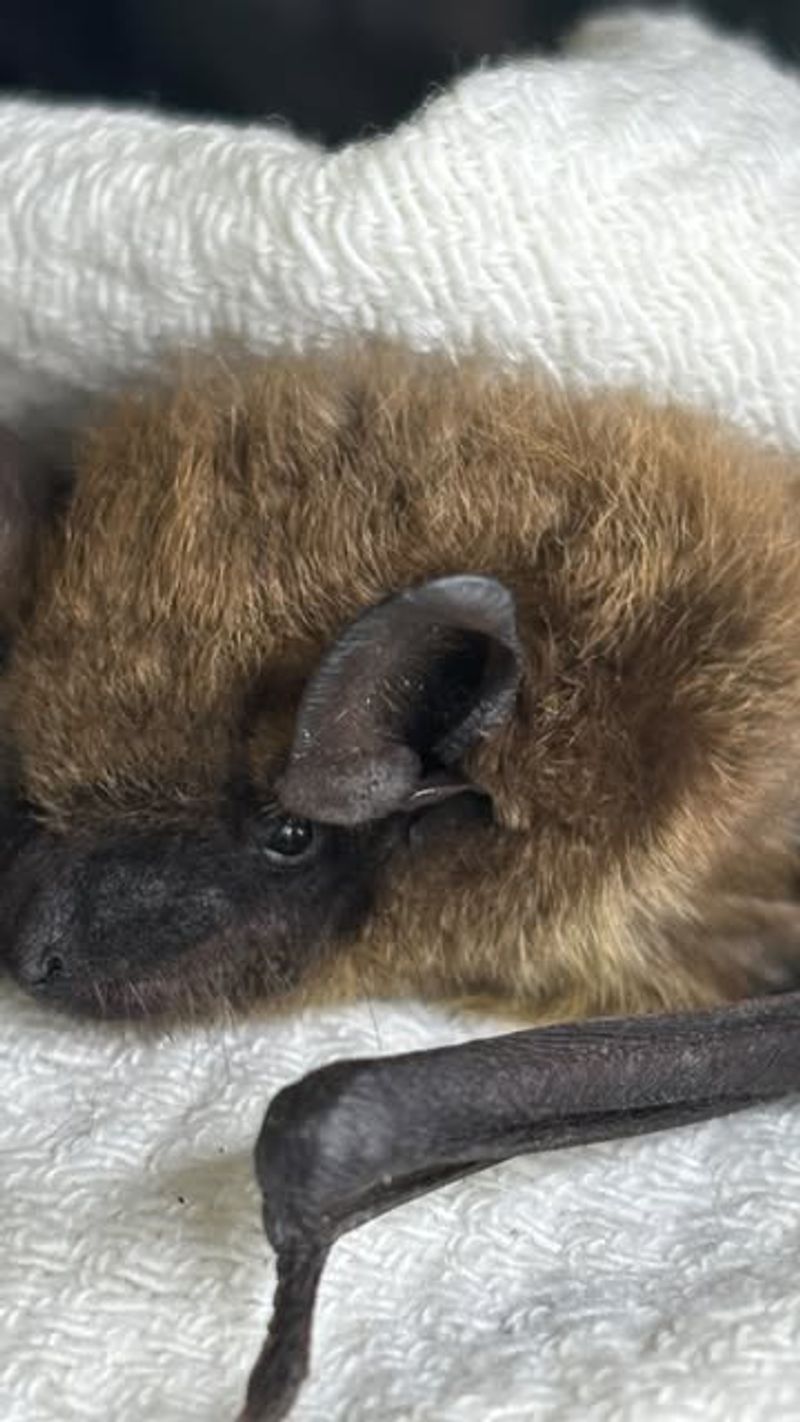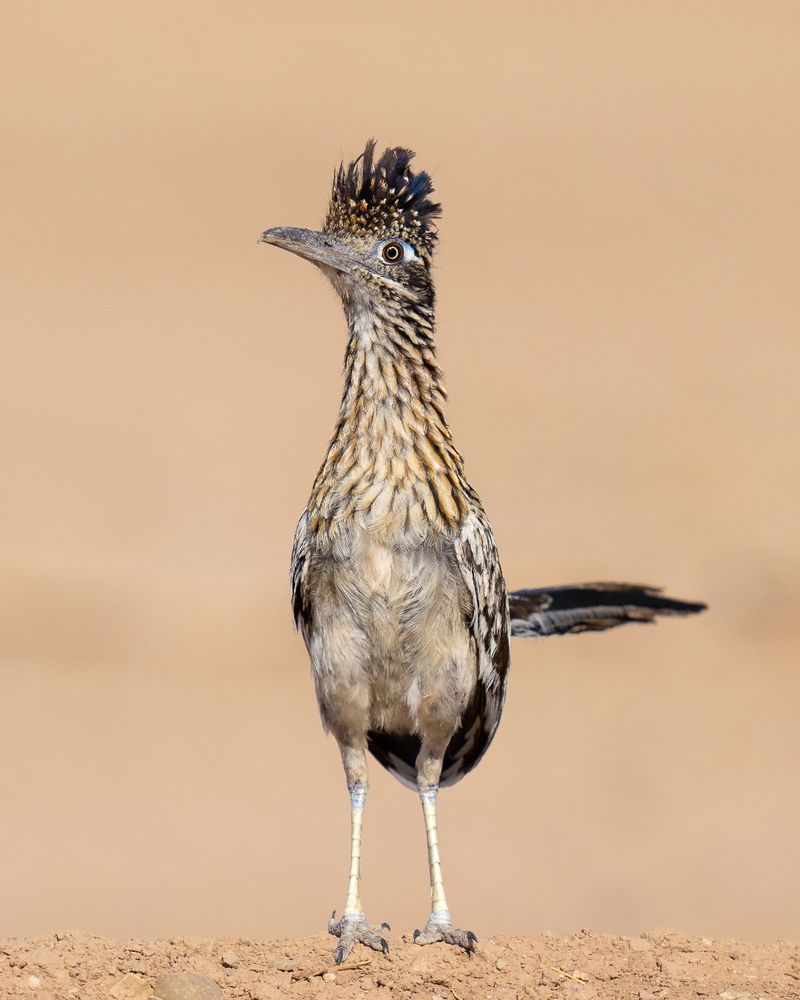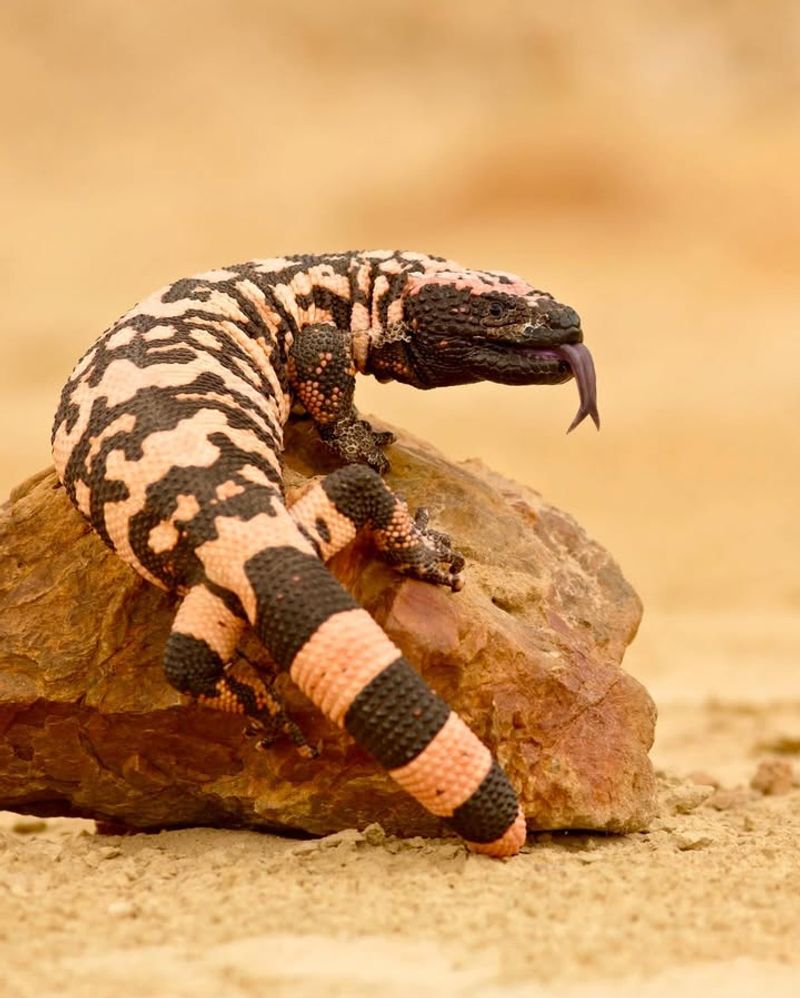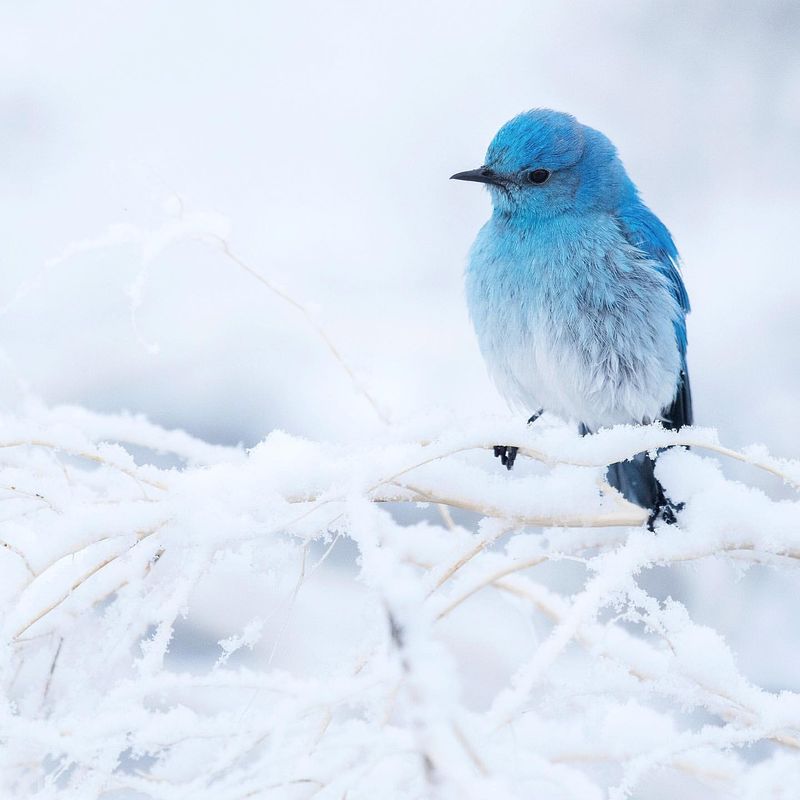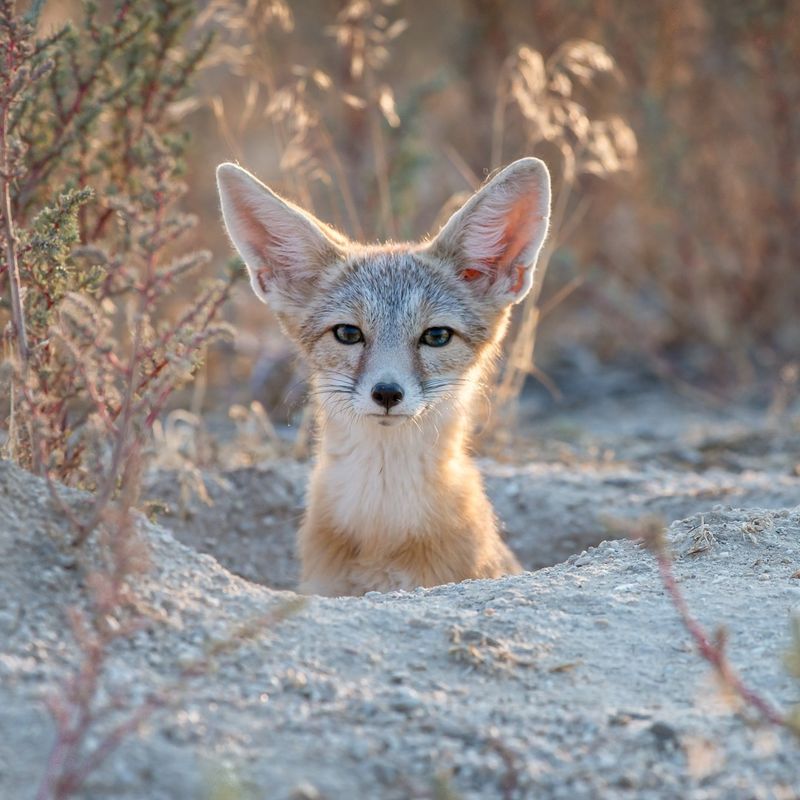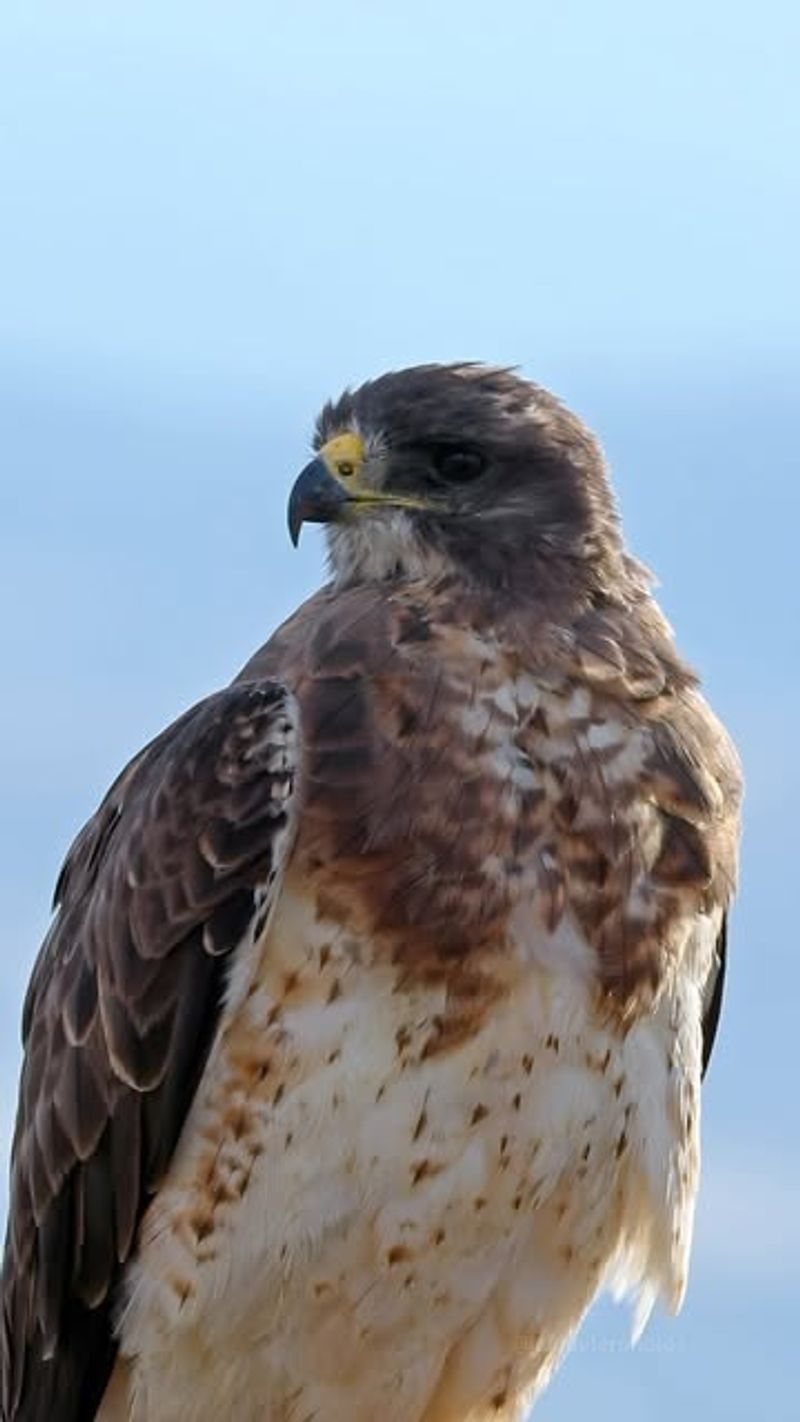Living in Nevada means sharing your space with some unexpected neighbors. While you might want to shoo away certain animals that wander onto your property, state and federal laws protect many species from removal or harm.
Understanding which creatures fall under legal protection can save you from hefty fines and help preserve Nevada’s unique wildlife.
1. Desert Tortoise
Nevada’s state reptile enjoys full protection under both state and federal law. Moving or harming one can result in serious legal consequences, including fines up to $50,000.
These slow-moving reptiles spend most of their lives in underground burrows to escape extreme temperatures. If you spot one on your property, consider yourself lucky—their populations have declined significantly over the past decades.
Contact Nevada Department of Wildlife immediately if you encounter one that seems injured or in danger. They’ll send trained professionals to assess the situation and relocate the animal if necessary.
2. Burrowing Owls
Standing less than ten inches tall, these pint-sized raptors nest in abandoned ground squirrel burrows across Nevada. The Migratory Bird Treaty Act shields them from disturbance, making it illegal to destroy their nests or eggs.
Unlike most owls, they’re active during daylight hours and can often be seen bobbing up and down near their burrows. Their presence actually benefits homeowners by controlling rodent and insect populations naturally.
If they’ve settled near your home, you’ll need to wait until nesting season ends before making any property modifications that might affect their habitat.
3. Big Brown Bats
Finding bats in your attic might seem alarming, but Nevada law requires special permits for their removal during maternity season. These flying mammals provide incredible pest control, consuming thousands of insects nightly.
Big brown bats often choose Nevada homes as roosting sites between May and August when raising their young. Disturbing a maternity colony during this period is prohibited to protect vulnerable baby bats that cannot fly yet.
Licensed wildlife professionals can install one-way exclusion devices after babies mature, allowing bats to leave naturally without returning. This humane approach respects both property owners and protected species.
4. Greater Roadrunners
Made famous by cartoons, these speedy ground-dwelling birds are protected under federal migratory bird laws throughout Nevada. They can sprint up to 20 miles per hour while hunting lizards, snakes, and insects across desert landscapes.
Roadrunners rarely cause property damage and actually help control pest populations around homes. Their distinctive appearance—with shaggy crests and long tails—makes them entertaining yard visitors that many Nevada residents enjoy watching.
Creating wildlife-friendly spaces with native plants encourages them to visit without taking up permanent residence in unwanted areas around your home.
5. Gila Monsters
North America’s largest native lizard carries venom, yet Nevada law strictly prohibits killing or capturing these rare reptiles. Only about 100 individuals remain in the state’s southern tip, making every encounter significant.
Their striking black-and-orange beaded skin serves as warning coloration to potential predators. Gila monsters move slowly and spend 95 percent of their time underground, so spotting one represents an extraordinary wildlife moment.
Maintain a respectful distance if you see one, as their bite, while rarely fatal, causes extreme pain. Report sightings to wildlife officials who track these critically important populations.
6. Mountain Bluebirds
Nevada’s official state bird enjoys protection under the Migratory Bird Treaty Act across all seasons. Males display stunning turquoise plumage that seems to capture the desert sky itself.
These cavity nesters often choose birdhouses or natural holes in trees around Nevada properties. Destroying active nests, even accidentally during home repairs or landscaping, violates federal law and carries substantial penalties.
Installing proper nest boxes away from high-traffic areas gives them safe breeding spots while keeping them from problematic locations. Their diet consists mainly of insects, making them valuable natural pest controllers throughout Nevada’s growing season.
7. Kit Foxes
Nevada’s smallest fox species holds protected status due to habitat loss and declining populations. Their enormous ears—proportionally the largest among North American canids—help them hunt at night and regulate body temperature.
Kit foxes occasionally den under sheds or porches in Nevada neighborhoods bordering desert areas. While this might seem concerning, they’re shy creatures that avoid human contact and help control rodent populations around properties.
Trapping or harming them requires special permits that are rarely issued. Wildlife officials can provide guidance on humane deterrents if their presence becomes genuinely problematic for your situation.
8. Swainson’s Hawks
Every spring, these remarkable raptors return to Nevada after migrating from Argentina—one of the longest migrations of any American hawk species. Federal law protects their nests and eggs throughout the breeding season.
Swainson’s hawks prefer tall trees or utility poles for nesting, sometimes choosing locations inconveniently close to human activity. Their diet focuses primarily on grasshoppers and ground squirrels, making them beneficial neighbors for Nevada agricultural areas.
If they nest on your property, enjoy the temporary visitors knowing they’ll depart by fall. Removing active nests requires federal permits and is generally denied except in extreme circumstances.

